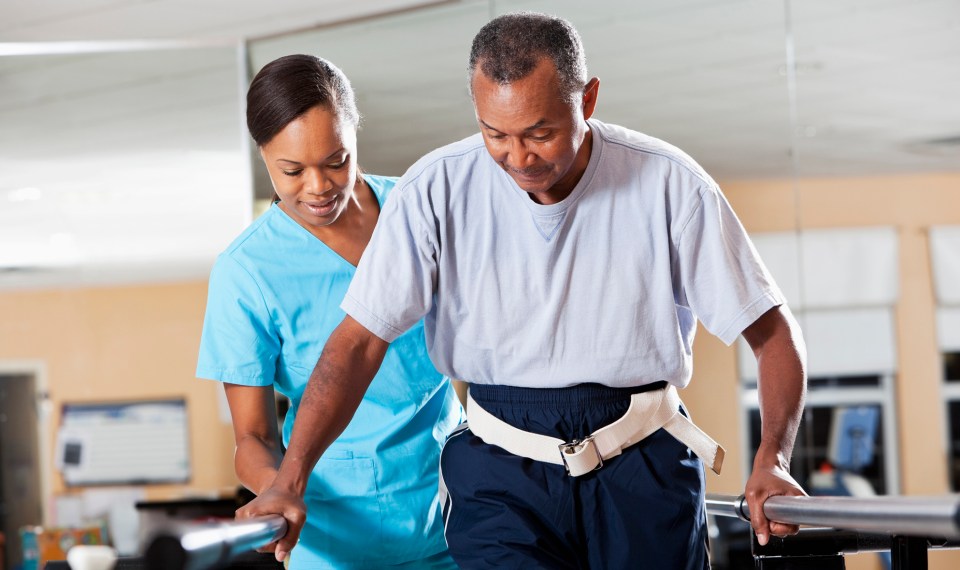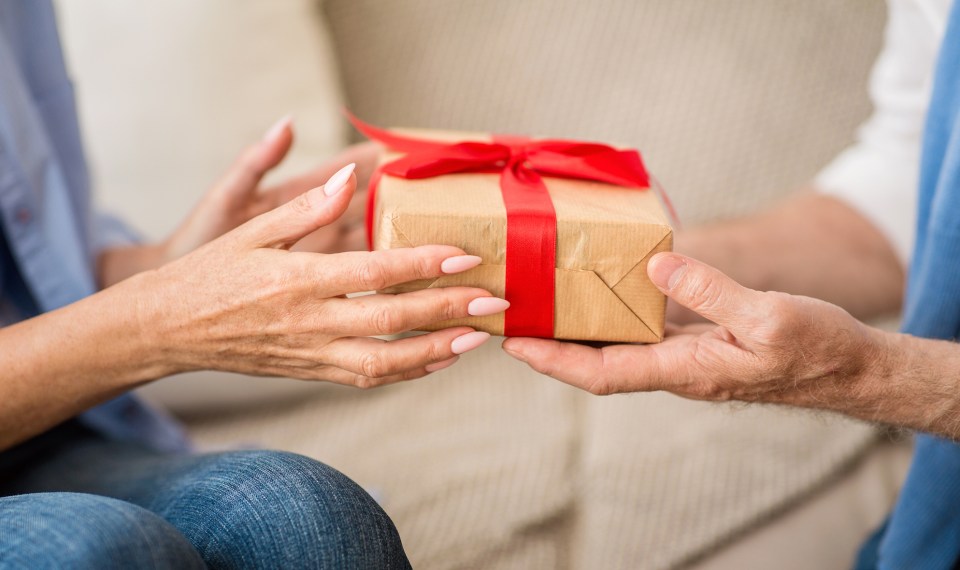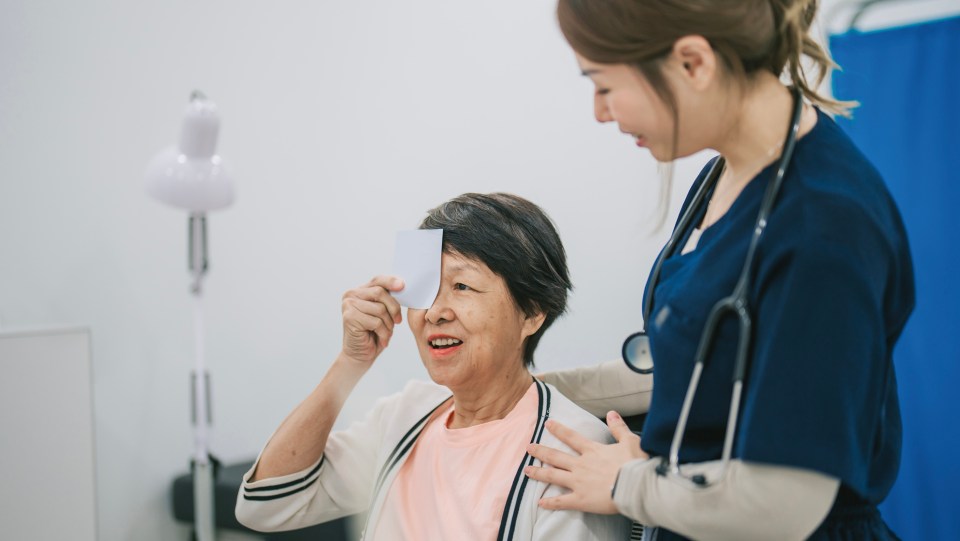A stroke occurs when blood flow to the brain is blocked causing damage to the brain tissue in that region. Stroke symptoms vary depending on the extent of damage and the location of the brain affected.
Just as every individual is unique, not all strokes or recovery times are the same. However, there are similarities in the way stroke affects people and stroke recovery stages.
Understanding Stroke Recovery Stages
Stroke recovery is measured in stages. One method used to evaluate motor skills during stroke recovery is the Brunnstrom Approach. Developed in the 1960s by Signe Brunnstom, a Swedish physical therapist, this method provides a general guideline for understanding the progression and stroke recovery stages. Since the Brunnstrom method relies heavily on observation, scientists are working to develop other methods to measure stroke recovery. New technologies are emerging including wearable sensors to assess gait and mobility.
It is important to note, not all stroke survivors experience every stage outlined in the Brunnstrom Approach. Those with a mild or moderate stroke may start at a higher stage while others may never progress to the top stages.
Brunnstrom’s 7 Stages of Stroke Recovery
- Stage 1 – Flaccidity. The muscles on the affected side are weak, unable to move and lack tone. They appear floppy or loose. Since active movement is not possible at this point, a therapist or caregiver should perform passive range-of-motion exercises to prevent atrophy of the muscles, stimulate the brain and encourage neuroplasticity (a process that takes place in the brain where new pathways are created to replace damaged connections).
- Stage 2 – Spasticity. Involuntary muscle stiffness and rigidity appears as the brain begins to create new pathways and connections to the muscles. Spasticity is a good sign because it signals recovery has started. At this point, movement is not coordinated, and the limbs may contract or jerk making even passive range-of-motion exercises difficult and uncomfortable.
- Stage 3 – Increased spasticity. As the brain continues to create new pathways, spasticity worsens causing discomfort and making movement difficult. The severe spasticity at this stage feels discouraging, but it is yet one more step in the recovery process. Movement–both passive and active exercises–are very important in preventing contractures and helping to retrain the brain. Splints, braces and other measures, including Botox injections, may be helpful.
- Stage 4 – Decreasing spasticity. With rehabilitation and healing, spasticity finally starts to decrease, and voluntary movement begins to return. Larger motor skills, such as arm and leg movement, are usually the first to return. Movement is still uncoordinated and jerky, and muscles are very weak. Strengthening and repetitive exercises are the focus along with working on performing self-care tasks such as dressing and bathing with assistance.
- Stage 5 – Complex movement returns. Some mild spasticity remains, but movement becomes more controlled and deliberate. Gross motor skills continue to improve and retraining of fine motor skills (using a comb, picking up items like a pen or fork) can begin.
- Stage 6 – Spasticity disappears. Movement becomes more coordinated and fine motor movement improves. Rehabilitation now includes working on more challenging full body activities including cooking, cleaning, swimming or hiking.
- Stage 7 – Return of normal function. While not every stroke survivor will reach this stage, those who do should be able to function much as they did prior to stroke. This means the affected side of the body functions as well as the unaffected side and it is possible to resume normal work and leisure activities.
Stroke Symptoms Based on Location of Stroke
The brain is the control center of the body. It tells the body how to move, feel, think and behave. Stroke symptoms are based on the location of the stroke in the brain.
- Frontal lobe – a stroke in the frontal lobe can impact personality, reasoning skills, speech, muscle movement and personality
- Temporal lobe – this region controls speech, hearing and short-term memory
- Parietal lobe – speech, touch and pressure (sensation) are controlled by this lobe
- Occipital lobe – a stroke in the occipital lobe impacts vision
Timeline for Stroke Recovery
Many stroke survivors recover at least some of the abilities lost to stroke. In some cases, there is a spontaneous return of abilities, but most stroke survivors require rehabilitation to regain function.
Prompt treatment and early rehabilitation have a huge impact on outcomes. According to the American Stroke Association, rehabilitation should begin as soon as the individual is medically stable, as early as 24 hours after stroke. How long it takes to recover from a stroke is different for everyone and is difficult to predict. Stroke rehabilitation should start in the hospital, but most stroke survivors leave the hospital within one week. Upon discharge, a plan for rehabilitation should be in place that considers stroke symptoms, abilities, limitations and other health issues.
Stroke rehabilitation is critical in the first 90 days following a stroke since the most significant recovery takes place during this time. Recovery typically continues during the first six months, but with proper rehabilitation, a stroke survivor can see continuing improvement for months or years. Effective stroke rehab requires assistance from a team that can include physicians, nurses, physical and occupational therapists, speech/language pathologists, recreational therapists, psychologists, dietitians, case managers, family members and caregivers.
Inpatient rehabilitation delivers the most intensive stroke rehabilitation. The American Stroke Association recommends inpatient stroke rehab for those who can tolerate at least three hours a day of active rehabilitation, five days a week.
Stroke Rehabilitation Near You
If you or a loved one is recovering from a stroke, learn how inpatient rehabilitation can help. Find a location to speak to one of our stroke rehabilitation experts.
Find a LocationManaging Challenges and Setbacks
Stroke recovery is sometimes slow, and it is easy to get discouraged. Challenges and setbacks don’t have to mean the end of the rehabilitation process. Understanding these complications and addressing them can help keep progress on track.
- Post-stroke depression is common and is often caused by biochemical changes in the brain. Feelings of hopelessness, anxiety, worry and fear may disrupt progress. When these feelings last longer than two weeks and are accompanied by thoughts of self-harm, professional help is needed.
- One in four stroke survivors will experience a second stroke. Learning the risk factors and following a prevention plan can help avoid a recurrent stroke. Lifestyle changes–including getting more exercise, following a heart healthy diet, managing blood pressure, getting plenty of sleep and stopping smoking–are important steps in improving health. Medications may also be prescribed to lower the risk of a repeat stroke.
- More than half of stroke survivors also suffer from sleep apnea. Sleep apnea has also been associated with recurrent stroke. Signs and symptoms of sleep apnea include snoring, waking up frequently during sleep, feeling fatigued during the day, morning headache and memory or concentration problems. Sleep studies can identify sleep apnea and whether treatment is needed.
- Pneumonia is a common post-stroke complication that usually occurs in the first week following stroke. Pneumonia may be caused by swallowing problems that lead to aspiration (food or liquid being inhaled into the airways or lungs). A speech language pathologist can evaluate muscle function and test swallowing ability. A specific exercise routine can be developed to improve muscle coordination in the mouth and throat. Dietary changes, including thickening liquids and pureed foods may be helpful. Eating techniques may also be beneficial such as taking smaller bites, eating more slowly and sitting upright to eat or drink. If a patient is unable to safely eat or drink, a feeding tube may be ordered.
- Pressure ulcers, which are caused by pressure on certain areas of the body due to immobility after stroke, can create sores. These painful wounds can also lead to a serious infection. Frequent turning and repositioning, keeping the skin clean and dry, good nutrition and special equipment such as special mattresses can help prevent pressure ulcers.
Maintaining Overall Health and Well-being
Stroke recovery is a good time to make lifestyle changes and develop healthier habits. Focusing on mental health, stress management and healthy living will aid in the recovery journey as well as lower the risk of second stroke. Consider the following tips:
- Find time for physical activity every day
- Kick bad habits like smoking or too much alcohol
- Laugh often
- Get plenty of sleep. Experts recommend seven to nine hours every night
- Lose weight. For those who are overweight or obese, just a 2-3% weight reduction can lower risk factors for heart disease and recurrent stroke
- Reduce intake of processed foods and foods with added sugars
- Get regular medical screenings for blood sugar, cholesterol, blood pressure and weight
- Take prescribed medications as ordered, especially blood thinners to prevent clots
The content of this site is for informational purposes only and should not be taken as professional medical advice. Always seek the advice of your physician or other qualified healthcare provider with any questions you may have regarding any medical conditions or treatments.



